Be Nice To Nettles
We are right in the middle of Be Nice To Nettles Week.
We treasure our nettle beds. As well as being an important food source for all kinds of insects, they are the larval food plant for several species of our resident butterflies. The peacock (Aglais io), the comma (Polygonia c-album), the small tortoiseshell (Aglais urticae) and the migrant red admiral (Vanessa atalanta) all lay their eggs among our stinging nettles.
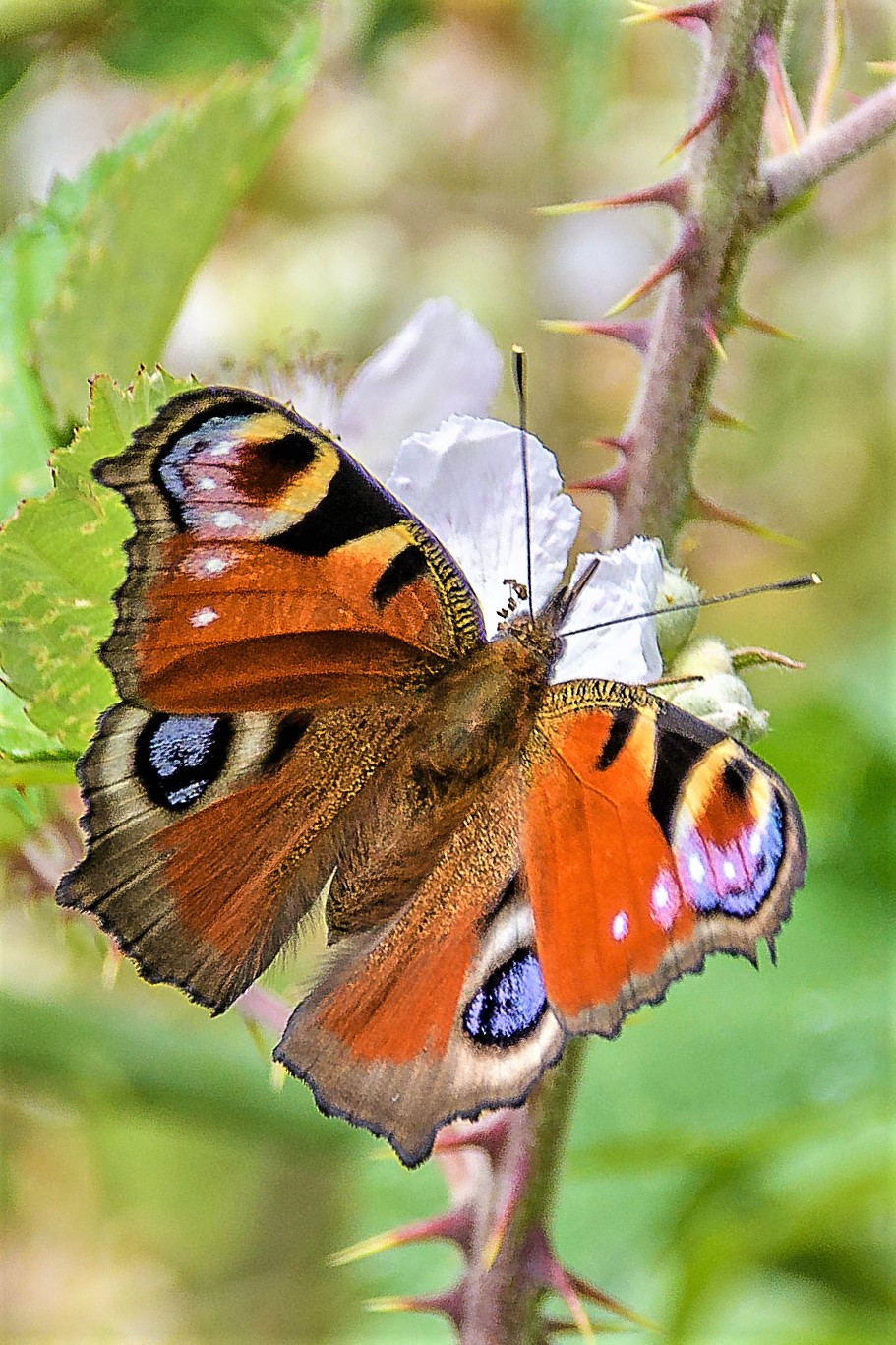
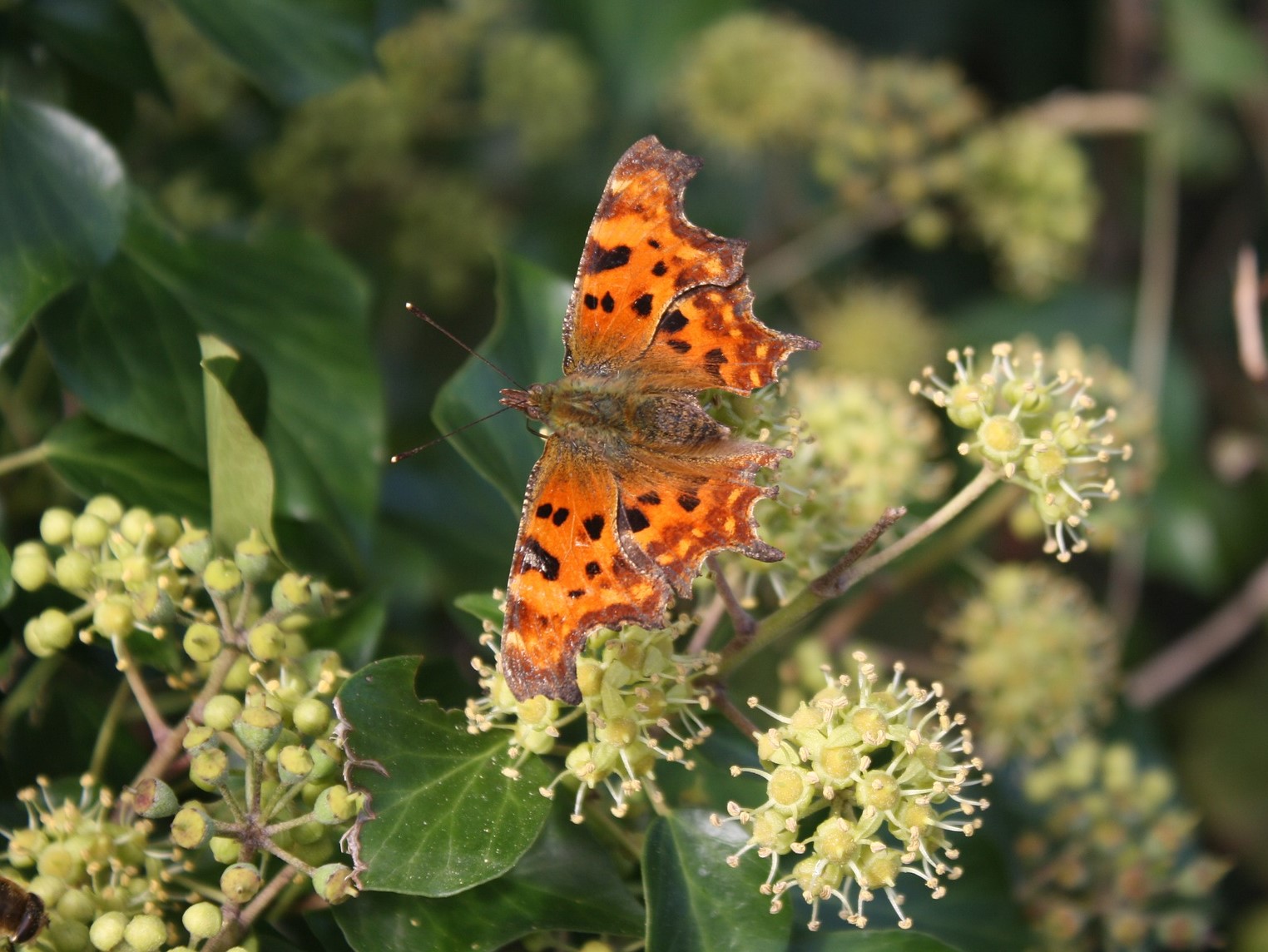


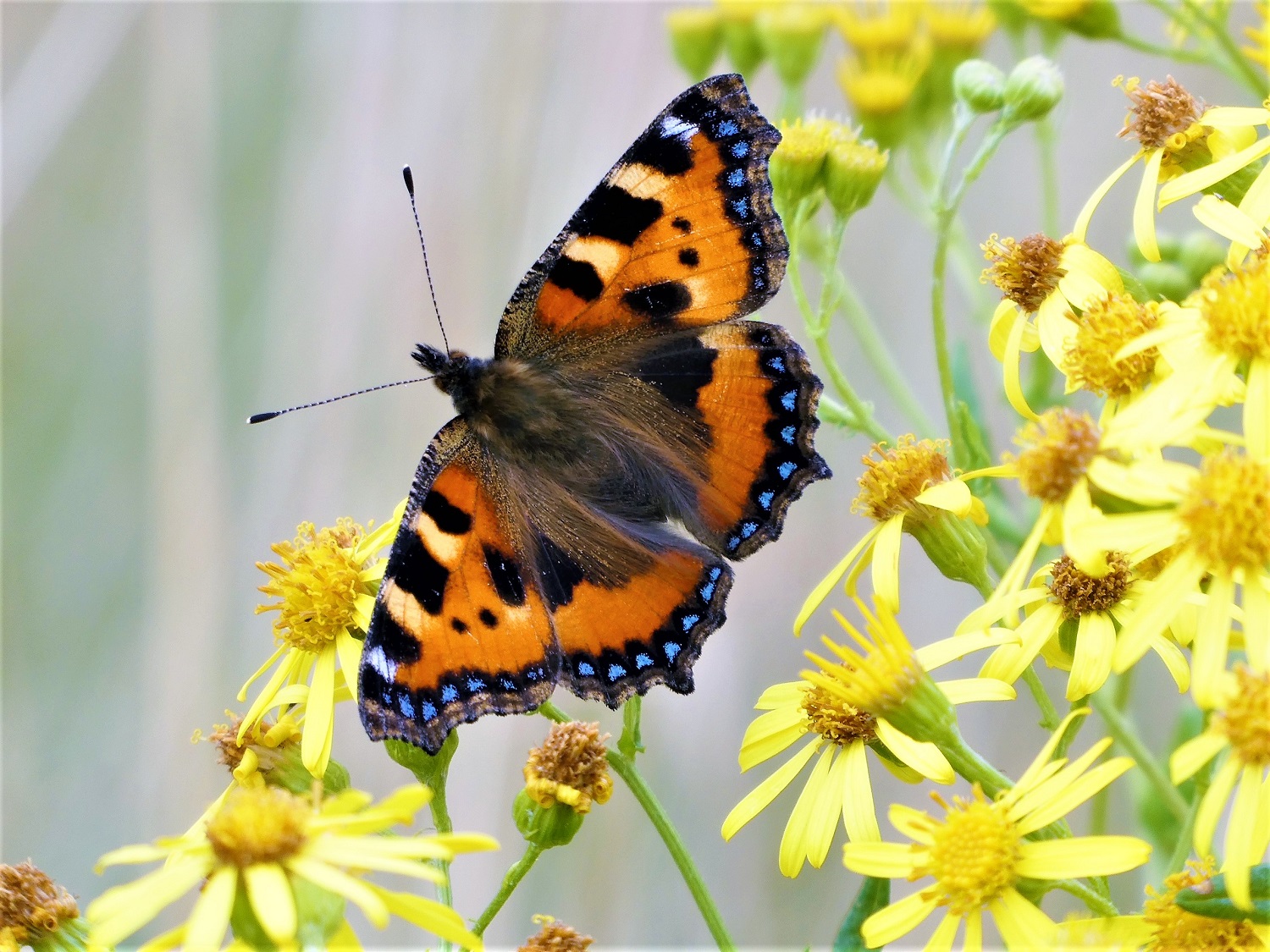
If you search carefully among the nettle beds on the right hand side of the path as you walk up the hill through Simpson’s Field, you might be able to find our one of annual broods of peacock caterpillars. The header image shows what they look like in their first couple of instars, hidden among the new leaves.
Our stinging nettles are also the food plant for several species of moths from our list of resident lepidoptera: dot moth (Melanchra persicariae), the flame (Axylia putris), the lesser broad-bordered yellow underwing (Noctua janthina), the delightfully named mouse moth, (Amphipyra tragopoginis) and the setaceous Hebrew character moth (Xestia c-nigrum). Nettle roots are also sometimes eaten by the larva of the ghost moth (Hepialus humuli), another species on our lists.






Night flying moths compensate for their lack of colour with some outstandingly gaudy names.
Please be nice to nettles; they are essential to the reserve’s ecosystem.

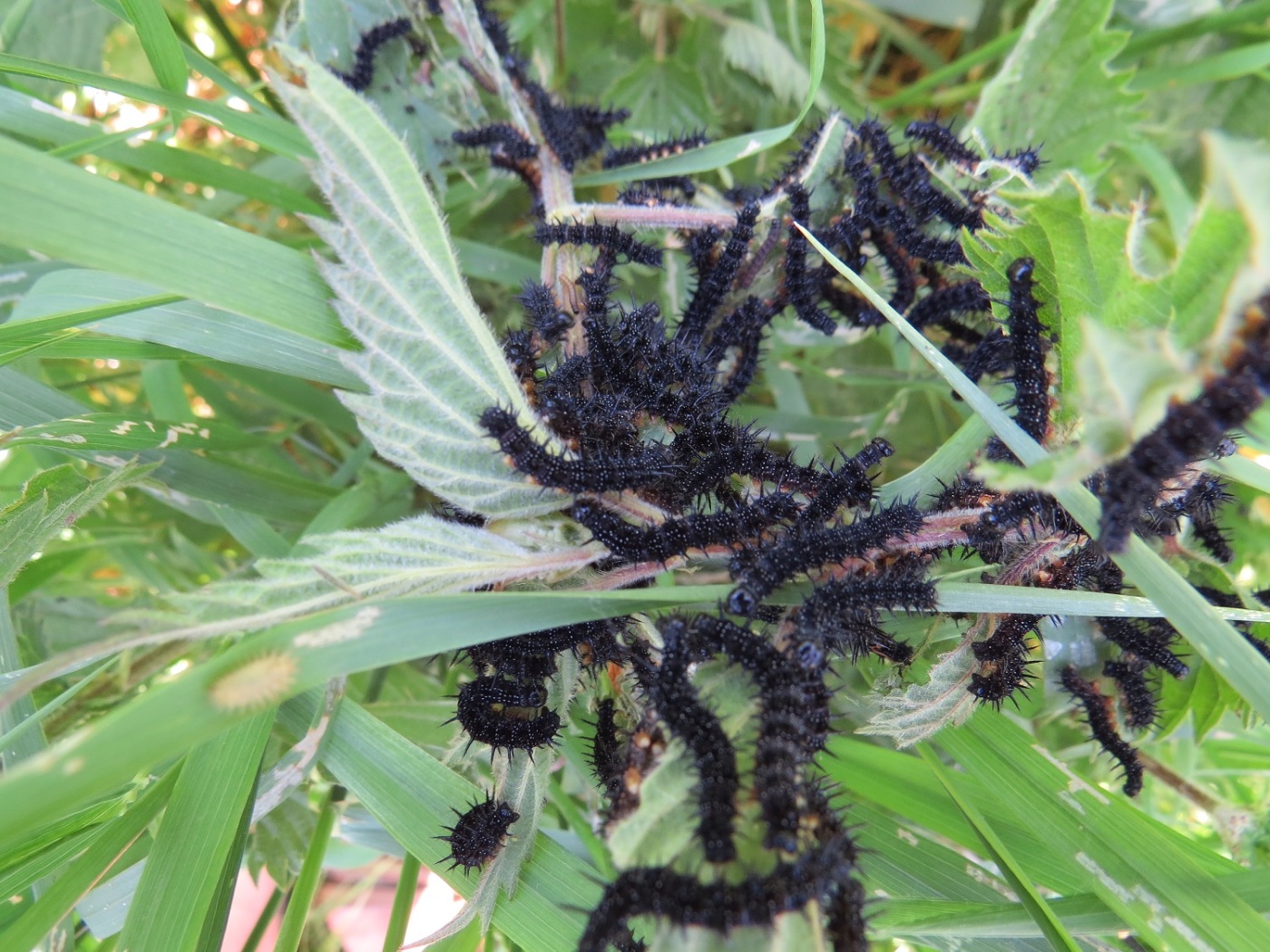
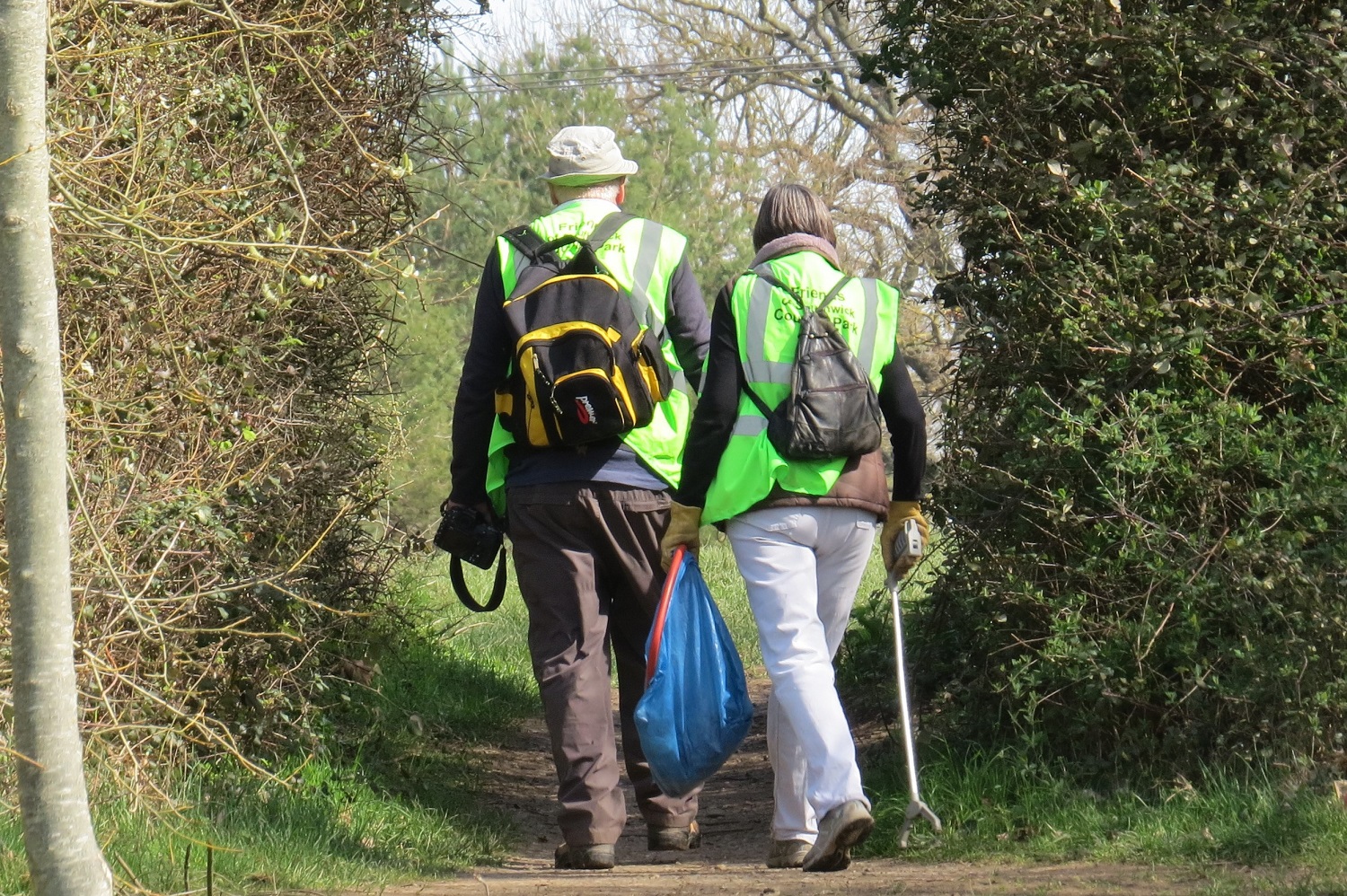



We have lots of nettles at the bottom of the garden. I leave them in the hope butterflies will lay eggs here but no luck so far! Barbara Johnson
I expect your nettles are habitat for a lot of invertebrates other than butterflies.